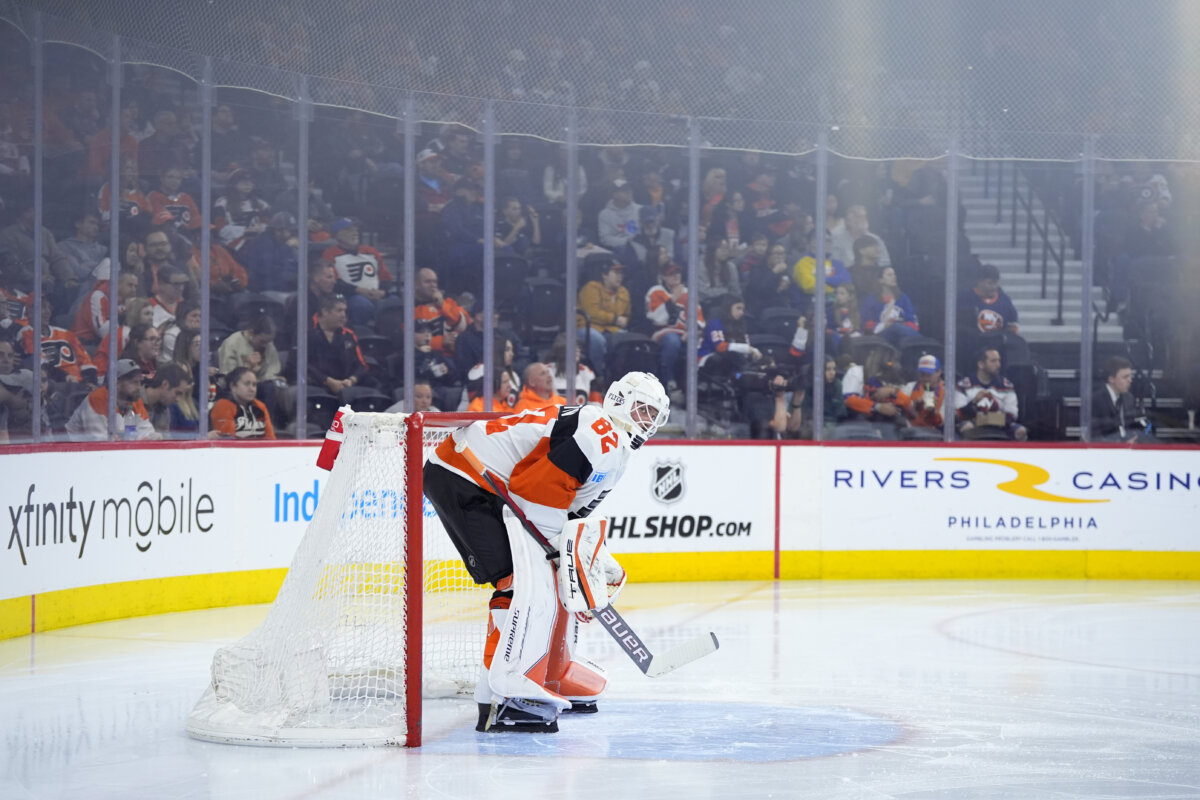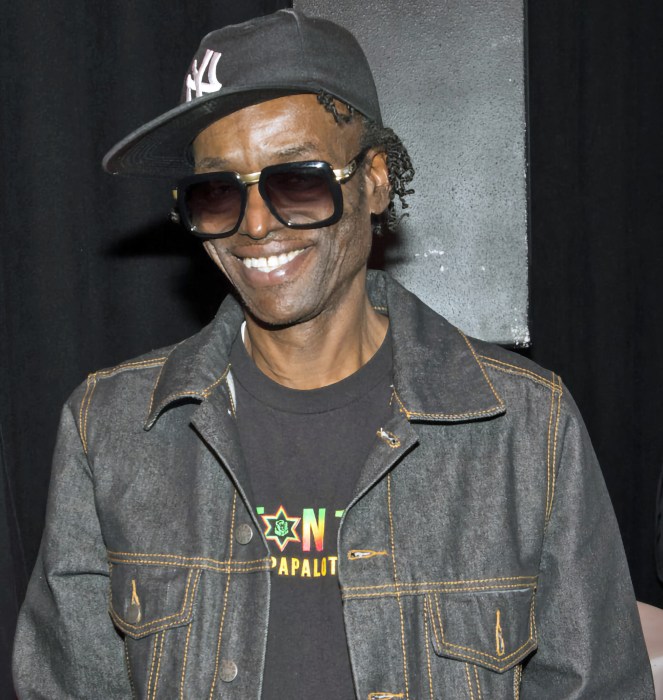Listening to an Animal Collective record, with its carefully crafted sonic details and convoluted pop melodies, one can spend hours puzzling over song construction.
But when weighing process against product, Brian (Geologist) Weitz, who handles electronics and samples, said he hopes listeners don’t focus on song building to the detriment of enjoying the final product.
Asked if the video for My Girls, which shows the group performing the song on instruments and samples, is an invitation to watch the group’s creative process, Weitz said that’s not the case. Instead, it’s the band’s cover of the 1977 video for Magic Fly by French space-disco group Space and its “early ’80s, Daft Punk thing.”
“I think it’s hard for people to know what we play, since there’s a lot hidden,” said Weitz. “For example, My Girls has no real samples of other people’s music … and so a lot of the process is constructing samples. The things that we trigger when we’re on stage playing the song are built from something else.”
That process begins when the Collective work out a few broad rules on vocal styles, instrumental palettes and the overall atmosphere for each record. For example, Merriweather Post Pavilion was designed in part as a contemplative electronic record that showcases the group’s love of dance music and allowed primary songwriter Dave (Avey Tare) Portner to use instruments other than guitar and piano. The result features the rave-era synthesizers and massive basslines of tracks like My Girls and Daily Routine.
“We tried to make a bassier, low-end record in the past … Danse Manetee had deeper bass than this record, but because we recorded it ourselves with the equipment in our bedrooms, it got lost,” said Weitz. “So this time we chose to record with a hip-hop engineer. Some of the really deep basslines — for example on My Girls — we can’t play live, since we don’t have enough hands on stage.”
The band’s vocal approach also moves from both sharp dynamic shifts (as heard in works like 2007’s Strawberry Jam) and straight-up harmonies to counterpoint melodies between Portner and Noah (Panda Bear) Lennox on tracks like Taste and Guys Eyes.
“On Strawberry Jam, Dave didn’t want any double-timing — he wanted the vocals to be just like we are on stage … one voice at time,” he said. “With this record we wanted to get more layered vocals — not all straight-up harmonizing, but working with counterpoint call and response melodies.”
See it live
• Animal Collective plays Sound Academy Saturday.
















